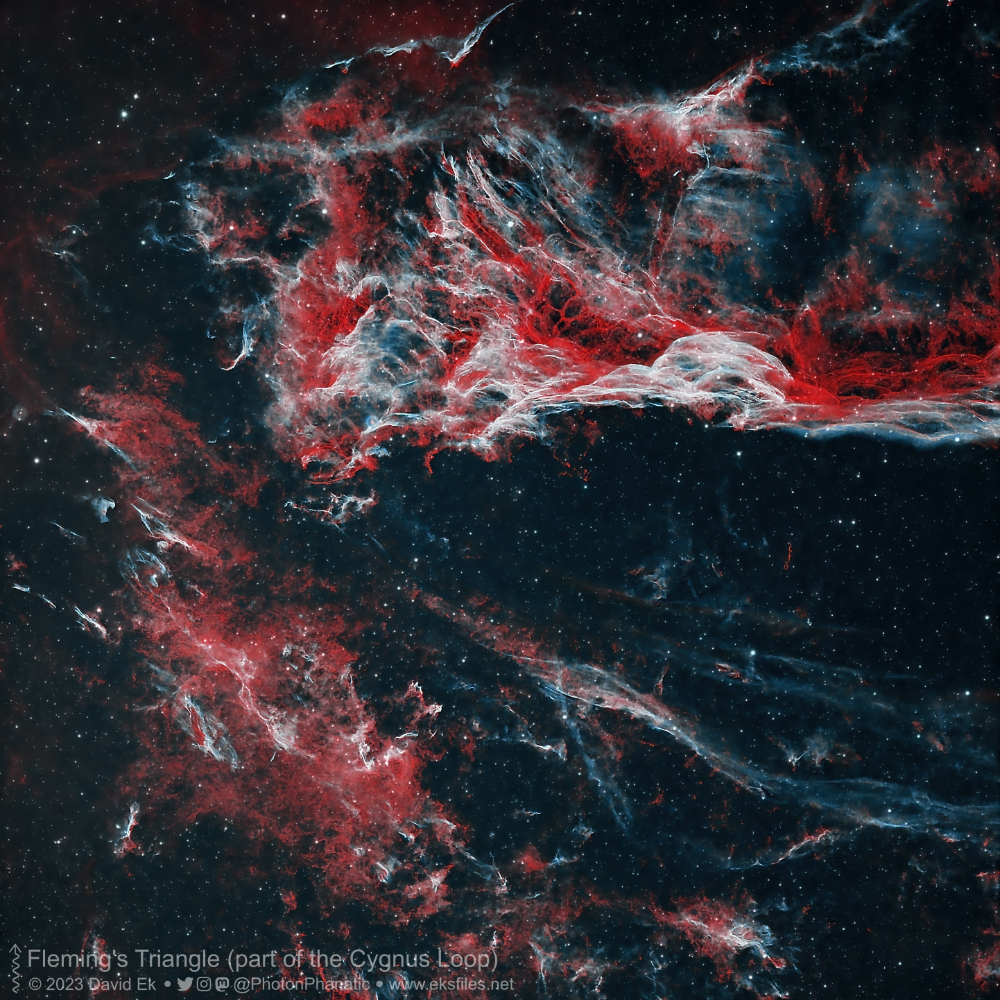I recently found both the Sky-Watcher Evolux 82ED telescope (and its flattener) and the iOptron GEM28 mount on sale for significantly off their regular prices. I was looking for an upgrade for my portable imaging setup (we live in our RV for a few months each winter in warmer climes) and this seemed like a good candidate. I hate not being able to image in the winter–the nights are long and clear and the skies are abundant with great targets. So, I pulled the trigger.
The Sky-Watcher Evolux series of telescopes are fairly economical for astrophotography. They’re billed as doublet apochromatic telescopes, but in my opinion they’re not really apochromatic until you add the accompanying 0.9x reducer/corrector. Without the corrector it’s possible to see some color fringing on celestial objects, but with the corrector the images are very clean and crisp.
The iOptron GEM28 mount is basically the little brother to the GEM45 mount I’ve been using (and enjoying) for the past three years. The GEM28 is lighter weight and has a smaller recommended payload but it can still easily carry the Evolux 82ED and accessories with no trouble. It uses the same software and drivers as the GEM45 and is even equipped with the iPolar camera for easy polar alignment. I find iPolar to be incredibly easy, quick, and convenient for polar alignment in both my iOptron mounts.
Of course, I had to pay the cloud tax on my purchases, so it was a few weeks before I could actually give this new setup a try. A scope like this one is best suited for larger objects like nebulae given its short focal length (only 477 mm with the flattener in place), so it was a bit of a challenge choosing a target, but I finally settled on a part of the Cygnus Loop known as Fleming’s Triangle. I chose this target for no particular reason other than it was in a good place in the sky and had lots of interesting stuff going on. I elected to shoot in monochrome narrow-band with H-alpha and O-III filters with my ASI533MM Pro camera.
I managed a total of 21 10-minute subs through each of the two filters over two nights of imaging. I was using a small guide scope (the ZWO 30mm f/4) and guide camera (the ZWO ASI120mm mini) but still managed to average better than 1″ of guiding accuracy using PHD2 with this new mount (I think I can probably do better, but that’s a good start). In fact, I don’t think I ended up throwing away any of the subs. In the future I’ll probably use an off-axis guider instead of a guide scope, but for this session my off-axis guider was already in use on my C8 shooting another target.
I processed the subs using PixInsight and elected to use them to create an HOO image (assigning the Ha data to the red channel, and O-III to both the green and blue channels). I think the resulting image is stunning in its colors. I was very pleased with the quality of the subs, as well, in sharpness and lack of aberrations I think the Evolux 82ED will be a marvelous scope for portable imaging during the upcoming winter months.

